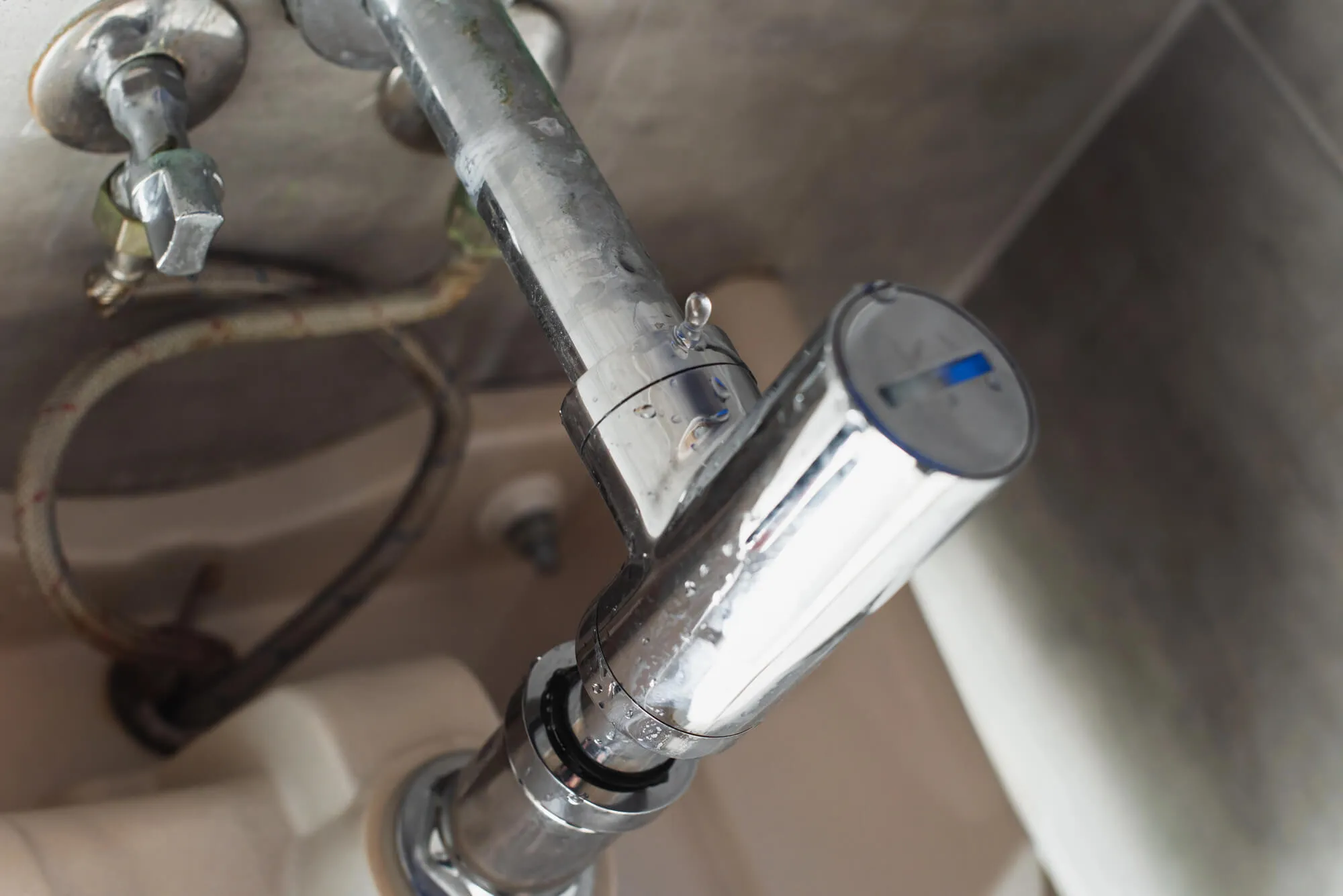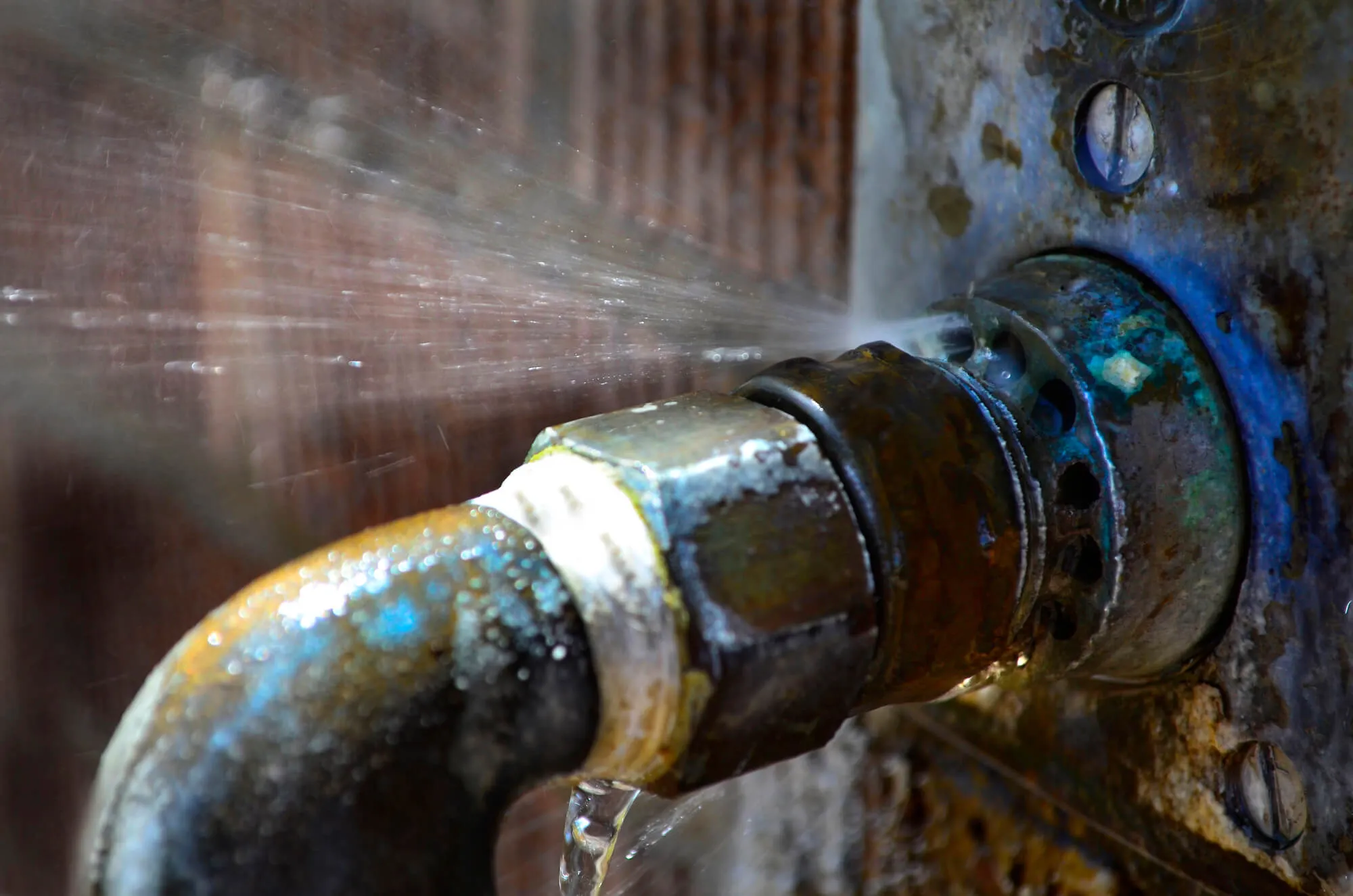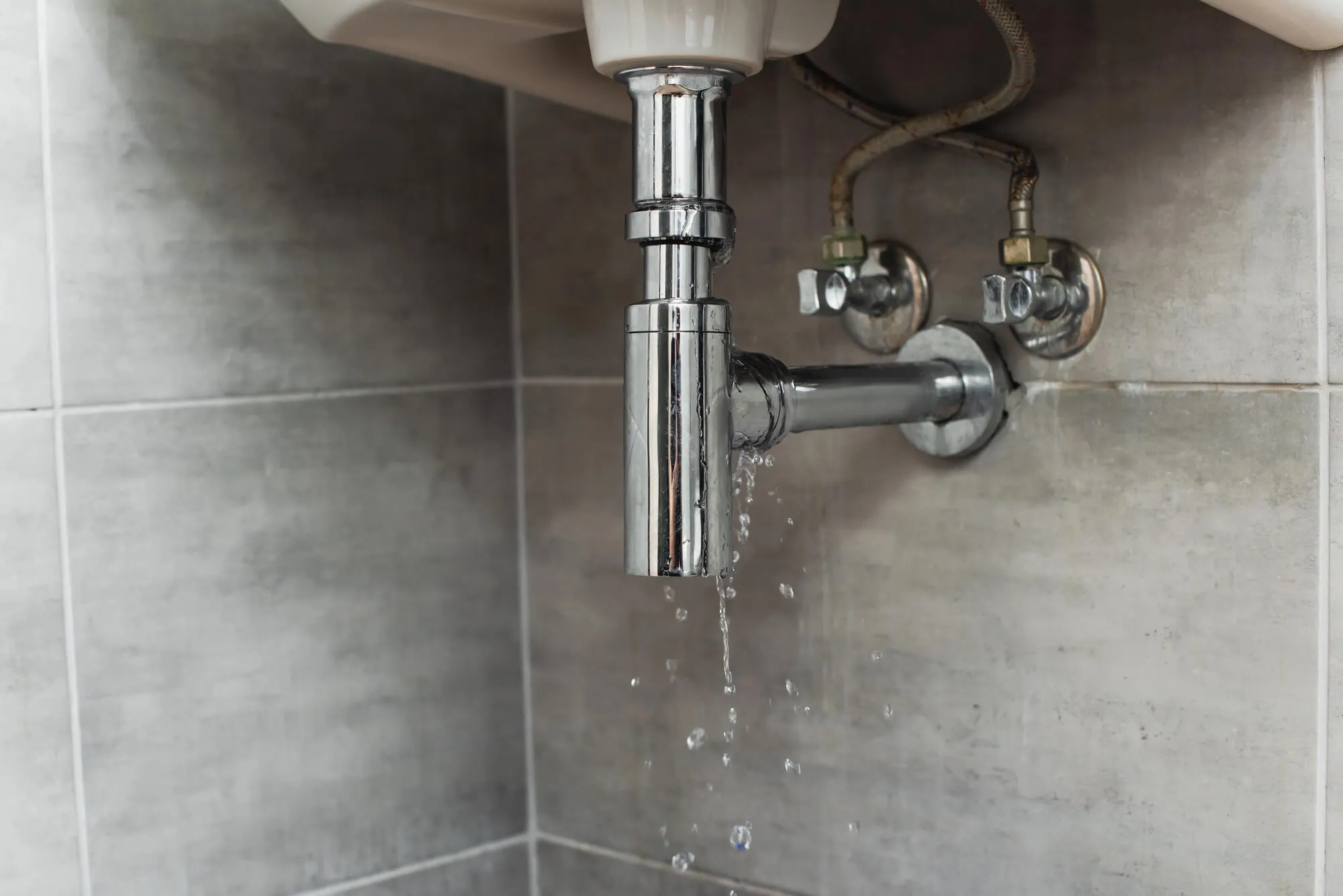A household water leak may start small but can quickly escalate into a serious problem. From higher utility bills to structural damage, homeowners often face far more than just inconvenience when pipes fail. Professional plumbers in Omaha are frequently called to repair leaks that result from a range of common issues.
By understanding what causes pipes to fail, homeowners can respond quickly and protect their property.

The Most Frequent Reasons Pipes Develop Leaks
- Corrosion in Aging Pipes
One of the leading causes of pipe leaks is corrosion. Over time, water and oxygen interact with metal pipes, gradually weakening their structural integrity. Galvanized steel and polybutylene pipes, common in older homes, are particularly vulnerable. Even copper pipes, while more durable, may develop pinhole leaks caused by pitting corrosion.
The danger with corrosion is that it often progresses silently. Pipes hidden in walls, basements, or crawl spaces can weaken for years without visible signs. By the time water spots or dampness appear, the damage is usually more widespread.
Plumbers rely on inspections, water quality testing, and camera technology to identify corroded pipes. Depending on the extent, they may recommend targeted repairs or a full replacement with modern, more resilient materials such as PEX or copper. For underground pipes, trenchless repair techniques are increasingly preferred because they strengthen existing lines without extensive excavation.
- High Water Pressure
While strong water pressure feels convenient, it can place plumbing systems under immense strain. Residential plumbing is generally designed to operate within 40–60 psi. When pressure rises above this level, pipes, joints, and seals experience stress with every use.
Over time, that strain causes hairline cracks, loose fittings, and appliance breakdowns. A dishwasher or washing machine that should last a decade may wear out in half the time when exposed to high water pressure.
A pressure regulator is an affordable safeguard. During maintenance visits, plumbers check water pressure and can quickly identify whether it’s contributing to pipe damage. Reducing pressure protects the plumbing system and extends the lifespan of appliances and fixtures throughout the home.
- Freeze and Thaw Cycles
Cold weather brings another significant risk: frozen pipes. When water freezes inside a pipe, it expands with enough force to crack even metal lines. Once thawed, those cracks release water that can flood basements, kitchens, or bathrooms in minutes.
The risk is highest in areas where pipes are exposed, such as unheated basements, attics, or exterior walls. Even if pipes don’t burst outright, repeated freeze and thaw cycles gradually weaken pipe walls, leaving them prone to future leaks.
Preventive measures are straightforward. Insulating exposed pipes, sealing drafts around walls, and letting faucets drip during extreme cold can reduce the risk of freezing. In homes where freezing has already caused damage, plumbers may recommend rerouting or replacing lines for long-term protection.
- Poor Installation and Materials
Sometimes the problem is not the pipe itself but how it was installed. Improper techniques — such as poorly sealed joints, incorrect pipe sizing, or shortcuts with low-quality materials — are a common source of leaks.
These issues often reveal themselves early. A newly renovated bathroom that develops water stains on the ceiling below is a classic example. Even if leaks are small, they create moisture that fosters mold growth and damages structural materials.
Correcting these problems requires more than temporary fixes. Plumbers typically redo faulty connections, replace compromised sections, or sometimes recommend partial reinstallation. While frustrating for homeowners, proper repairs prevent recurring leaks and provide long-term reliability.

- Tree Root Intrusion
Tree roots are surprisingly destructive to plumbing systems. Underground water and sewer lines can develop tiny cracks that release moisture. Roots naturally seek out that water, infiltrating the pipe and growing within it. As roots expand, they widen cracks, create blockages, and eventually cause the pipe to collapse.
Warning signs include frequent clogs, multiple slow drains, foul odors from sinks, or unusually green patches of grass in the yard. These indicators suggest water is escaping underground, where it feeds root growth.
Plumbers use camera inspections to confirm root intrusion. Hydro jetting is often used to clear the roots, followed by trenchless pipe repair to restore and reinforce the damaged line. Addressing intrusion early prevents widespread damage to both plumbing and landscaping.
- Hard Water and Mineral Build-Up
Homes supplied with hard water experience a gradual build-up of minerals such as calcium and magnesium. These deposits accumulate along the inner surfaces of pipes, narrowing the passageway and increasing internal pressure.
Over time, restricted flow puts stress on joints and fittings, leading to cracks and leaks. Homeowners may also notice scale deposits on faucets and showerheads, cloudy glassware, or reduced water pressure as early warning signs.
Plumbers may descale affected pipes, but in severe cases, replacement is necessary. Installing a water softener can help prevent future mineral accumulation, extend the life of plumbing systems, and improve water quality throughout the home.
- Foundation Shifting
Soil movement and foundation settling can put pressure on underground pipes. Over years, even slight shifts can crack or misalign water lines. In severe cases, pipes may collapse altogether, cutting off water flow or causing significant leaks.
Detecting foundation-related leaks is challenging without professional equipment. Homeowners may only notice wet spots in the yard, sudden spikes in water bills, or unexplained drops in water pressure.
Plumbers often use leak detection tools and camera inspections to identify underground issues. Depending on the extent, they may recommend trenchless pipe repair, which restores underground lines with minimal disruption to landscaping.
- Worn Seals and Fixtures
Beyond pipes, many household leaks originate from seals in fixtures and appliances. Rubber washers in faucets, toilet flappers, and connections to water heaters or dishwashers degrade over time. As they lose elasticity, small but steady leaks occur.
Although seemingly minor, these leaks waste thousands of gallons of water each year and can damage cabinetry, flooring, and drywall. Replacing seals and gaskets is usually quick and cost-effective, yet it prevents more extensive plumbing repairs later.
How Plumbers Help Prevent Household Leaks
Understanding the causes of leaks is valuable, but prevention depends on regular maintenance. Professional plumbers provide services that repair leaks and help avoid future problems.
Common preventive measures include:
- Conducting annual plumbing inspections to identify weak points.
- Installing and monitoring water pressure regulators.
- Insulating pipes before cold weather arrives.
- Using camera inspections to assess underground systems.
- Offering rooter and drain cleaning services to maintain proper flow.
- Replacing worn seals and addressing small leaks before they escalate.

Looking for Professional Plumbers in Omaha?
Household leaks are most often caused by corrosion, high water pressure, freezing temperatures, poor installation, tree root intrusion, mineral build-up, or foundation shifts. No matter the source, timely plumbing pipe repair prevents extensive water damage, reduces costs, and protects a home's overall value.
If you’ve noticed higher water bills, damp spots, or reduced water pressure, it may be time to have your pipes inspected. Contact Omaha Drain today for a free estimate, camera inspection, and reliable plumbing pipe repair backed by up to a 90-day warranty. With same-day service available and award-winning customer care, Omaha Drain is committed to protecting your home and restoring your peace of mind.
%20(1).avif)


